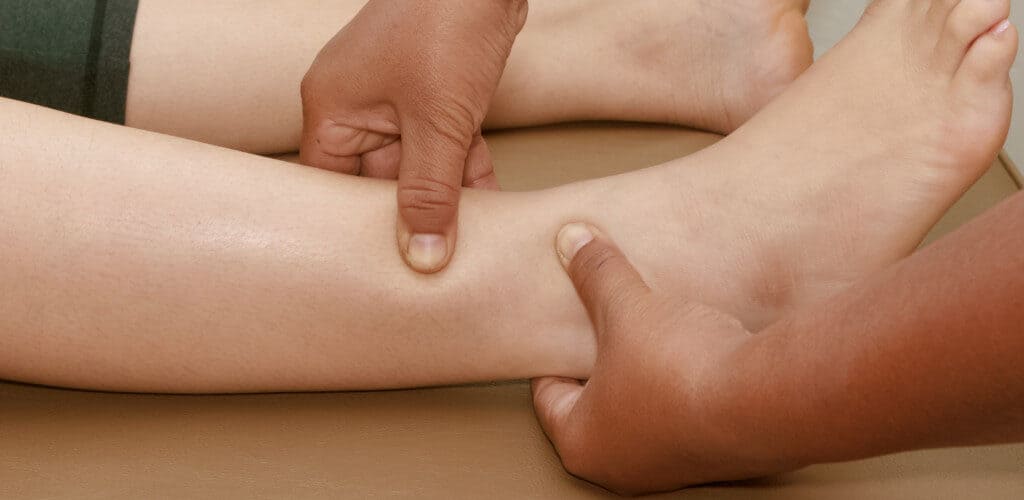
Few people get through life without experiencing some type of scarring. The good news is that the condition may not be permanent. There are a number of ways to minimize the appearance and presence of scar tissue. Here are some basics that you should know, including what treatment options are currently available. One or more of them may be ideal for you.
What is Scar Tissue?
Scarring occurs when the body seeks to seal connective tissue that is damaged. Initially, the scarring is composed of what is known as fibroblast tissue and helps to heal the wound. Over time, the fibroblasts toughen into what’s called collagenous fibers. While the density and the texture is different, the scars are composed of the same type of tissue that forms all of your skin.
How Does It Occur?
Any event that causes a cut, rip, or tear in the skin can result in a scar. Injuries sustained during auto accidents, sporting activities, fights, and sudden falls are common examples of events that may lead to injuries and eventual scarring.
Scarring also occurs after any type of invasive medical procedure is performed. This is part of the natural healing process and helps to ensure the open wound does seal properly. Owing to advances in medical technology, it’s possible to make smaller incisions during many types of operations, resulting in scars that are less noticeable.
It’s also possible for scarring to develop internally when undue stress is placed on an organ or if the individual undergoes treatments like radiation therapy. The stress may be a rip or tear caused by an outside force, or it could be due to the weakening of an internal wall.
Scarring to the lungs can occur when a person is exposed to chemicals that are inhaled and begin to break down the tissue composing the lungs. In like manner, internal as well as external scarring is often associated with different types of hernias.
What are the Signs of Scar Tissue?
Skin scarring is characterized by tissue that is slight raised and may be lighter or darker than the surrounding skin. The texture is also tougher than the skin on each side of the scar. Some people who have scars of this type report that the tissue sometimes itches or becomes tender.
Internal scarring may manifest immediately after it occurs or it could take years before any signs or symptoms develop. It’s possible to experience pain in the abdomen or have cramps that seem to come from nowhere. There is the potential of some sort of bowel distress, including flatulence. The individual may also find it difficult to pass gas or develop constipation. Most of these internal symptoms are caused by the tissue obstructing one or more bodily functions.
What are Some Remedies?
It’s possible to minimize the appearance of external scars using a number of methods. One approach is treatment with topical products designed to lighten or darken the tissue. Many of these products also help to smooth the tissue so it blends in with the rest of the skin. Cosmetic surgery can also be used to remove or alter the tissue. This approach helps to restore a smoother texture and normalize the hue.
Massage is another option to consider. Typically, this treatment should be performed after the rip or tear has healed but before the scar is two years old. In some cases, the right massage technique will soften the scar and cause it to blend in with the rest of the skin. A trained therapist can examine the scar in advance and provide a good idea of what results to expect.
Internal scarring can be corrected by undergoing surgery. This is often recommended when the scarring creates some sort of obstruction that’s affecting the function of one or more organs. There is some evidence that external myofascial release and/or Gua Sha can be effective massage treatments over the area of the scarring may help the body to gradually break down the tissue and prevent obstructions from forming.
Scarring does not have to be something you live with the rest of your life. Internal as well as external scaring can be successfully treated. Talk with a medical professional and learn more about what type of treatment would help in your case. You’ll look and feel a lot better after receiving that treatment.
Find other common conditions here.
